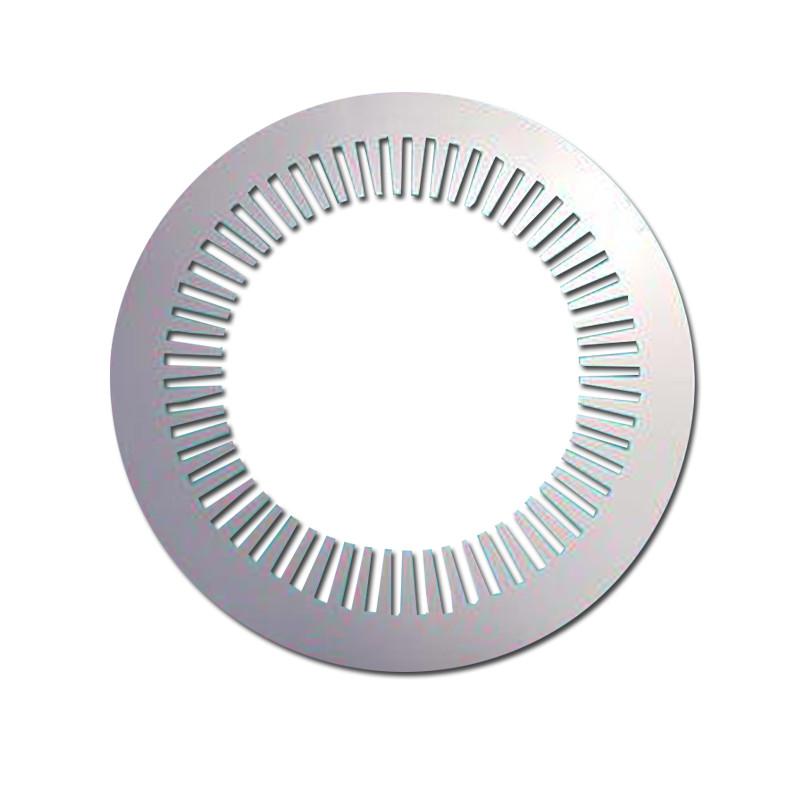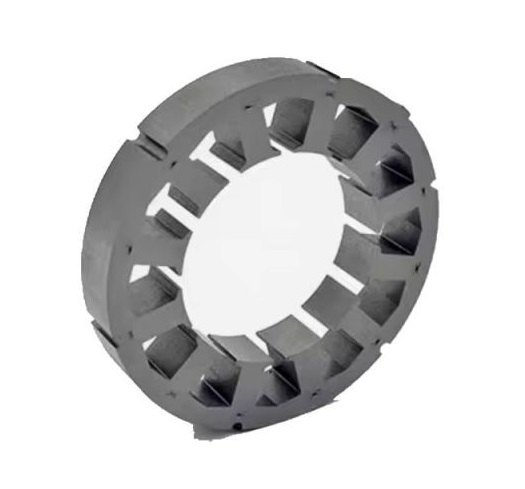The Significance of Stator Core in Electrical Machines
Electrical machines play a crucial role in various industries, from power generation to transportation. These machines convert electrical energy into mechanical energy and vice versa. One of the essential components of electrical machines is the stator core. The stator core provides structural support and houses the stator windings, which are responsible for generating the magnetic field necessary for the machine's operation. In this article, we will explore the significance of the stator core in electrical machines.
Definition and Function of the Stator Core
The stator core is a stationary part of an electrical machine, typically made of laminated iron sheets. Its primary function is to provide mechanical support to the stator windings and maintain their position. Additionally, the stator core acts as a magnetic circuit, guiding the magnetic flux generated by the stator windings to interact with the rotor, resulting in the desired machine operation.
Magnetic Circuit
The stator core's design and construction significantly impact the performance of electrical machines. The core's shape and material selection determine the magnetic circuit's efficiency, which affects the machine's overall efficiency and power output. The stator core's laminated structure reduces eddy current losses, improving the machine's efficiency by minimizing energy losses due to heat dissipation.

Stator Winding Support
The stator core provides a robust structure to support the stator windings. The windings are typically placed in slots within the stator core, ensuring their proper alignment and insulation. The stator core's design allows for efficient cooling of the windings, preventing overheating and ensuring the machine's reliable operation.
Mechanical Stability
The stator core's mechanical stability is crucial for the machine's longevity and reliability. It must withstand the mechanical stresses and vibrations generated during operation. The laminated structure of the stator core helps dampen vibrations and reduces noise, contributing to a smoother and quieter machine operation.

Thermal Management
Efficient thermal management is essential for electrical machines to prevent overheating and ensure optimal performance. The stator core's design allows for effective heat dissipation from the stator windings, preventing insulation degradation and extending the machine's lifespan. Additionally, the stator core's laminated structure reduces thermal losses, improving the machine's overall efficiency.
Electromagnetic Compatibility
Electrical machines often operate in close proximity to other electronic devices, requiring electromagnetic compatibility (EMC) considerations. The stator core's design plays a vital role in minimizing electromagnetic interference (EMI) and ensuring the machine's compliance with EMC standards. The laminated structure of the stator core helps reduce magnetic flux leakage and stray losses, minimizing EMI and improving the machine's performance in electromagnetic environments.

Conclusion
The stator core is a critical component of electrical machines, providing structural support, magnetic circuitry, and thermal management. Its design and construction significantly impact the machine's efficiency, reliability, and overall performance. The laminated structure of the stator core reduces energy losses, dampens vibrations, and improves thermal management, contributing to a more efficient and durable machine. As technology advances, further research and development in stator core design will continue to enhance the performance and capabilities of electrical machines in various industries.
Understanding the Importance of Stator Core in Electrical Machines


